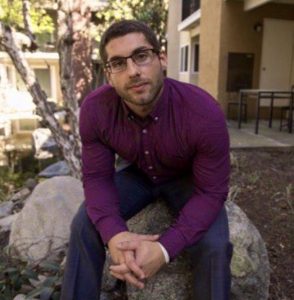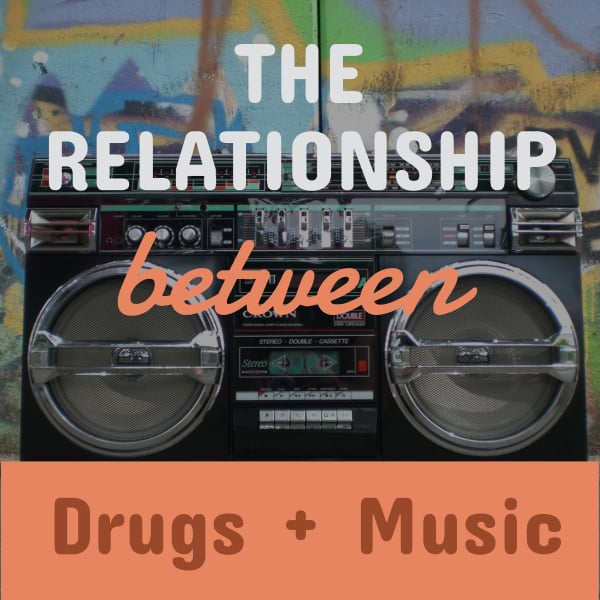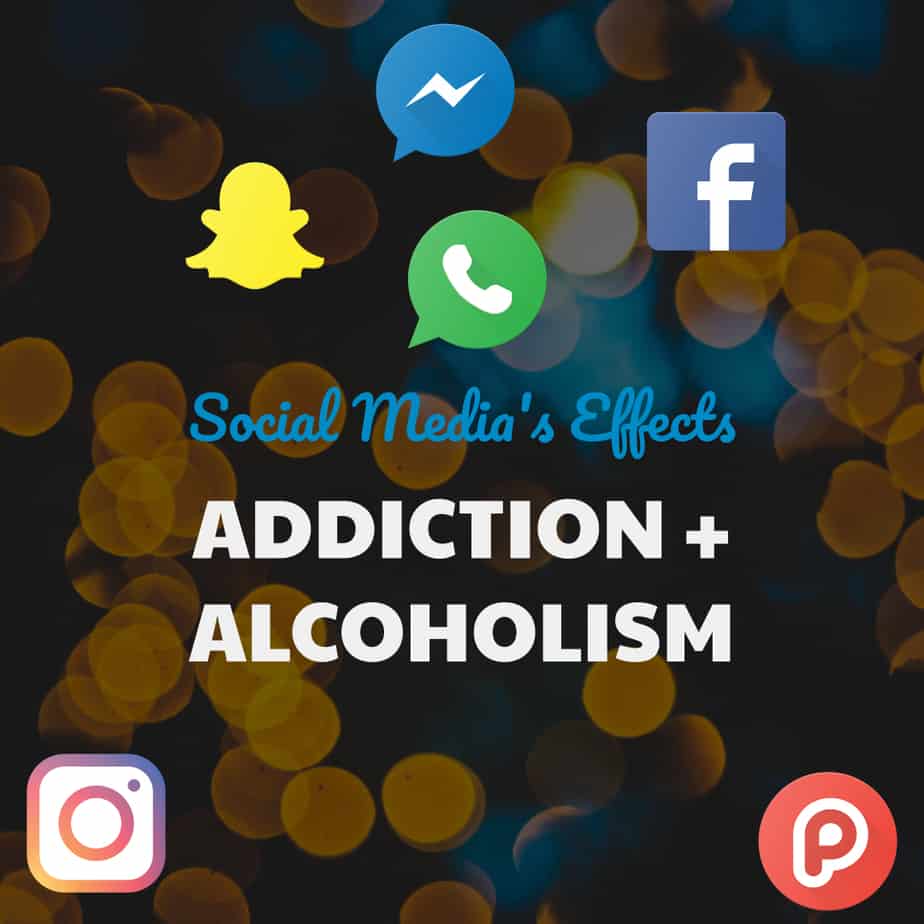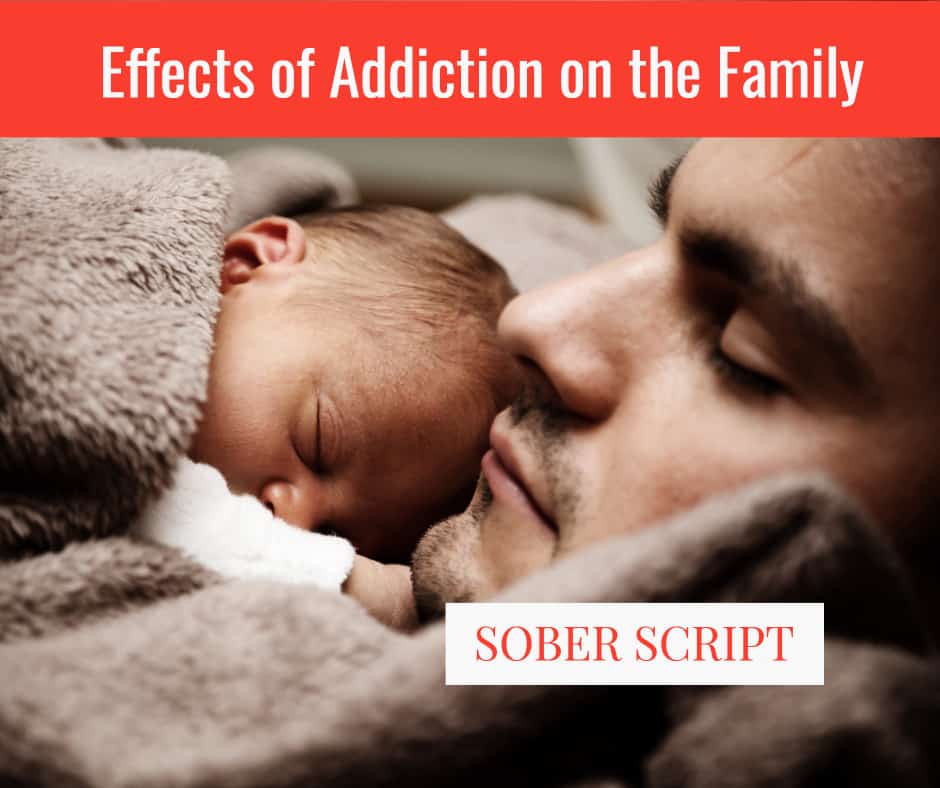Drugs and Music: Is Hip Hop Culture Glorifying Substance Abuse?
For anyone who has listened to top hits on the radio and music streaming platforms, it’s no doubt that drugs and alcohol are mentioned quite often in the music industry Moreover, the prevalence of substance abuse in the media can be evidenced by the frequent phenomenon of famous artists passing away or being hospitalized because of drugs.
Many people, particularly parents of young music fanatics, believe that the frequent mentions of drug and alcohol use in popular music is only serving to glorify and encourage the use of dangerous substances. In this article, we’ll examine this theory and explore the link between drugs and music.
Drug and Alcohol Consumption in Popular Music
It’s a common habit to associate songs about drugs and alcohol only with some specific genres that are stereotyped to be “ghetto”. However, lyrics of this nature aren’t specific to any one genre. The truth is, drug and alcohol consumption are a very common theme in songs across most, if not all, popular genres of music. Some of them may surprise you, as they are sometimes hidden behind code words and metaphors.
Rap
Rap music is known to have frequent references to several different types of drugs, both in its songs and its prevalent use amongst rap artists. A recent example of this phenomenon is the 2019 song Highest in the Room by Travis Scott, which features lyrics such as:
“I got room
In my fumes (yeah)
She fill my mind up with ideas
I’m the highest in the room (it’s lit)
Hope I make it outta here (let’s go)”
Many artists in this genre are widely recognized as heavy users of drugs, such as Snoop Dogg, whose marijuana use has become a fundamental part of his image. Additionally, drugs such as lean, codeine, xanax and benzos are said to be popular amongst the rap scene.
It should be noted that some famous rappers have also been widely commended for their recovery from drug addiction, such as the award-winning artist Eminem, who has been sober since 2008 after a near fatal incident. However, for many rappers, substance abuse marks the end of their lives, such as with the case of Lil Peep, whose death by accidental drug overdose shocked fans worldwide in 2017.
Pop
Pop is the most common genre of music you’ll hear playing on the radio or at mainstream events. Because of its mainstream popularity, especially amongst very young listeners, you might find less references to hardcore drugs in this genre. Instead, alcohol is the most prevalent theme, thought to be a more “acceptable” drug to mention. However, the glorification of this substance is still a topic of debate, given the harmful effects that can occur from an addiction to alcohol.
Many pop artists perpetuate alcohol abuse in their songs. For example, in her song TiK-ToK, pop icon Ke$ha sings about “brushing her teeth with a bottle of jack”. In the 2011 song “Last Friday Night (T.G.I.F)”, Katy Perry describes drinking with negative consequences (“there’s a pounding in my head; I smell like a minibar; we maxed our credit cards and got kicked out of the bar”). Despite this, she continues to paint it as a fun activity, singing that she’s excited to do it all over again next week.
Songs like these can send a dangerous message to the very young listeners that constitute a large portion of pop fans. The idea that drinking to the point of excess or using recreational drugs is a prerequisite to having fun at a typical party is a harmful narrative that continues to be spread in pop lyrics.
Classic Rock
It’s a common habit to look to music like classic rock as being safe from the supposedly modern phenomenon of alcohol and drug glorification. However, this is erroneous. Many people are unaware of the prevalence of drug and alcohol use in the lyrics of classic hit songs. Often, its use in classic rock is more subtle, sometimes hidden behind metaphors or code words.
One of the most famous examples is the iconic rock band The Beatles, said to be one of the most influential bands of all time. They wrote several famous songs about drugs, although this fact may surprise some of their fans. Possibly the most obvious example is their 1967 song Lucy in the Sky with Diamonds, where the initials of the song spell out LSD. The song’s psychedelic nature is also said to be referring to the hallucinogenic drug. Another example is their song Yellow Submarine, which has a popular interpretation of drug use, despite initial insistence that it was intended as a children’s song.
The Beatles aren’t the only classic rock band to perpetuate the use of drugs in their songs. Rolling Stones, Led Zeppelin, Fleetwood Mac, Guns N’ Roses, just to name a few, are all classic rock icons that have released songs influencing drugs and alcohol.
In fact, despite the common idea that the glorification of substance use is a modern phenomenon, it should be noted that most classic rock bands originated in the 60’s and 70’s. These are known to be eras where drugs highly influenced American pop culture. It makes sense that the most popular music of these decades would feature lyrics discussing substance use. Even so, sixty years later, the topic of drug culture remains a relevant and prominent topic.
Prevalence of Drugs During Live Music & Festivals
There’s no doubt that there is a very relevant link between drug use and live music, particularly in (but not limited to) EDM music festivals. In recent years, a drug abuse organization released a small survey study to determine which types of drugs were related to which music genres, and how prevalent the phenomenon was.
The study concluded that nearly 65% of heavy metal fans drink an excess of alcohol at performances. It’s no surprise that both marijuana and alcohol were amongst the most popular drugs used at festivals and concerts, but the data didn’t stop there. In major music festivals such as Tomorrowland, use of cocaine is prevalent amongst attendees. Alternatively, at Electric Zoo, the famous EDM festival, drugs like MDMA (also known as molly), LSD and ecstasy are considered more popular.
EDM (electronic dance music) festivals are often associated with drug culture. In fact, according to the previous study, EDM fans made the top three for users of all of the drugs surveyed except for benzodiazepines. The list consisted of alcohol, marijuana, molly, cocaine, opioids and the broader category of hallucinogens.
The prevalence of drugs in EDM festivals has led to certain drugs being labeled as “club drugs” or “rave drugs”, which can range from stimulants to psychedelic drugs. The question is: why is drug use so commonplace in dance music performances?
Events such as raves are set up in a way that enhances the experience of getting high. Elements such as fog machines, powerful sound reinforcement, heavy bass, laser lights, projected images and other visual effects allow the drug user to become fully immersed in the experience and achieve a “better high”, particularly when under the influence of psychedelic drugs or hallucinogens. Many drug users at dance parties will also comment that the music somehow sounds better while high.
Is the prevalence of drugs and alcohol in music dangerous?
Substance abuse is a widespread problem that can affect people of any age, but when it comes to popular music, the main concern is how it’s influencing the perspective of children, teenagers and very young adults. It’s important to establish a society where music is not considered the sole avenue to learn about drugs.
In a society that values freedom of speech and a right to create and ingest all kinds of art, people can and should listen to the music that they enjoy most. However, this should be paired with a school system that educates everyone about the risks and potential harmful effects of drugs and alcohol from a very young age.
Even though many song lyrics and live music activities may encourage the use of dangerous substances, the widespread epidemic of famous artists struggling with addiction or overdosing should be a cold reminder to their listeners that drugs are not a joke, and at the end of the day, they can have fatal outcomes.




